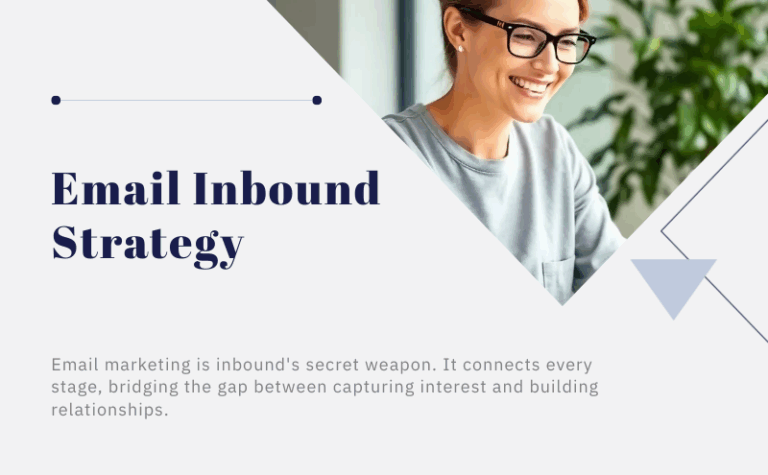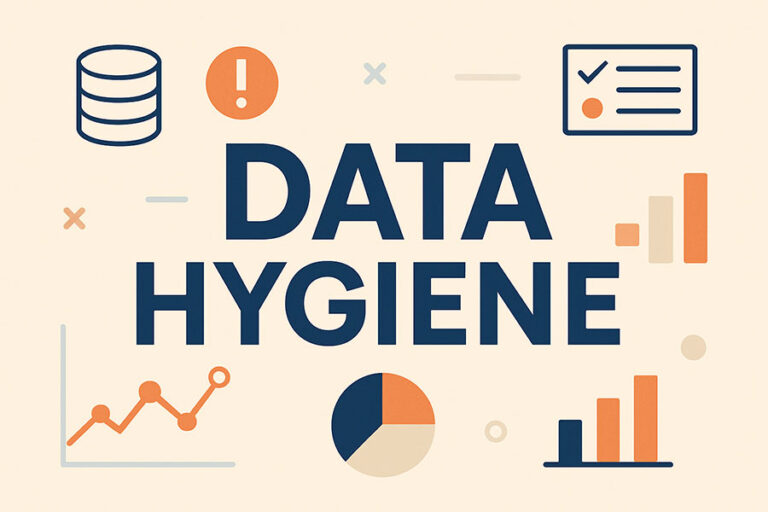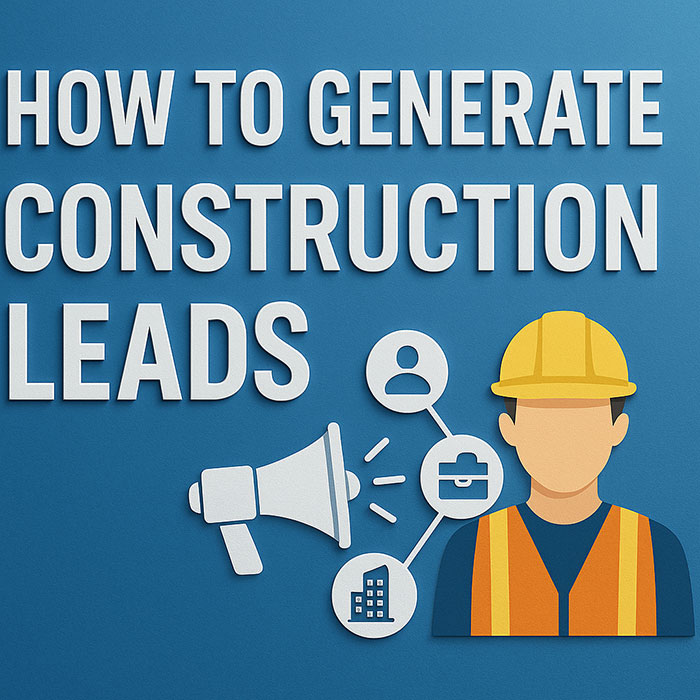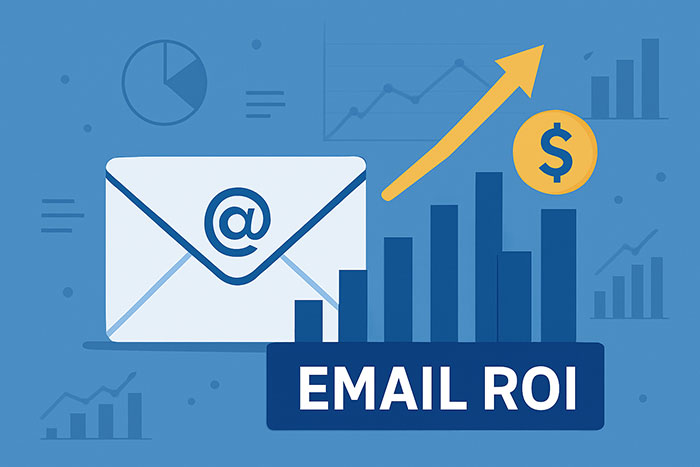
What’s one of the first things you do to start your work day? Chances are good that you check your email. And if you’re like most professionals, the second thing you do is weed out the irrelevant messages, maybe even relegating them to the trash bin without opening. You’re looking for the glimmers of relevance, the needles in that day’s haystack of messages.
So are the recipients of your email marketing messages, and segmentation plays an essential role in making sure your offers are the needles they want to find. Data enhancement that gives you a more complete picture of your prospects can also help you assign them to the appropriate segments to increase relevance.
Prospects and Customers
Your prospects and customers may have plenty of demographic and firmographic similarities, but they’re at very different points of the buying life cycle. A lead who has yet to traverse your marketing funnel and make a first purchase is still learning about you; a customer already knows and likes what you have to offer. Lead nurturing, customer loyalty campaigns, cross-selling, and up-selling benefit from their own separate segments. Your first major mailing list division, then, should be between prospects and customers.
Recency and Frequency
When was the last time a lead interacted with you? How often do you hear from him or her? Is contact frequent or just occasional? The timing of interactions with your prospects is a useful basis for segmentation, especially for products and services that need regular replenishment or maintenance. Segmenting your audience into frequent fliers and occasional visitors lets you set up different automated email messaging for each group and avoid over- or under-mailing. Your marketing automation consultant can help you set up segments that make sense for the recency and frequency of your lead interactions.
Sales History
Segmenting by total sales volume is only part of the picture. You’ll achieve far greater relevance from a more granular approach to your customers’ buying habits. Those who make relatively infrequent but large purchases gravitate to offers that benefit their buying style such as percentage discounts or free shipping on larger buys. For buyers whose price per sale is small, incentives to keep them coming back to you frequently might be a better motivator. By dividing your price-sensitive buyers from those who prioritize premium service, you ensure you won’t leave revenue on the table by sending discount offers to segments of your audience who would have bought at full price.
Demographic Details
Until you analyze your demographic and firmographic information in depth, you could be missing out on some surprising correlations. Your analytics might show seasonal dips and peaks or reveal a new target industry.
One company that installed window treatments noticed higher conversion rates when sending emails to odd-numbered addresses in the morning and even-numbered ones in the afternoon. People were more receptive to buying blinds when the sun was shining in and creating glare on their screens, so this seemingly random relationship made sense and formed the basis for a unique segmentation set-up.
With a good handle on segmentation, you’re able to speak directly to your audience’s needs in ways that keep your email marketing messages relevant.
© Reach Marketing LLC 2017 All Rights Reserved.



